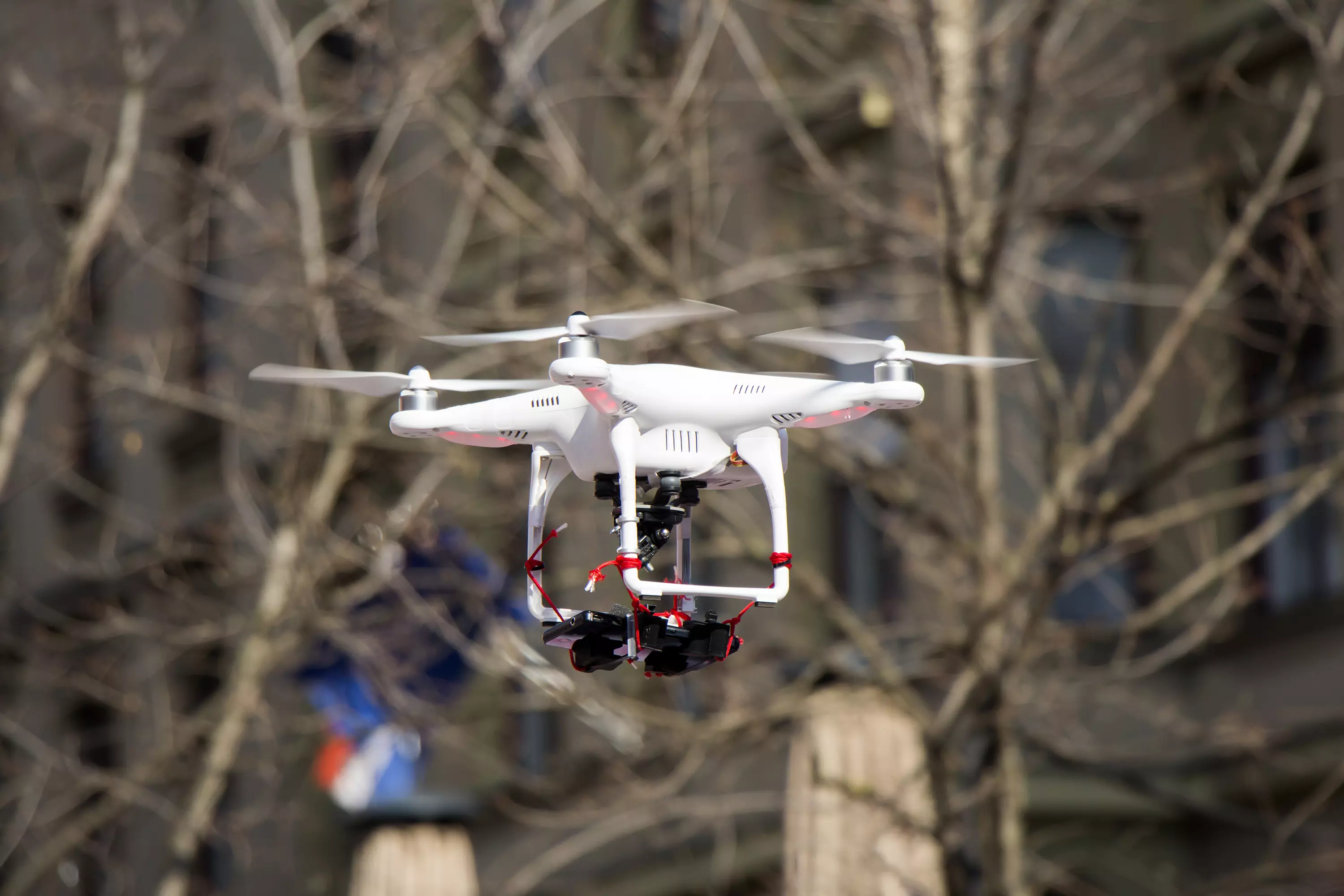Mobile communications network could make drone use safer
Unmanned aerial vehicles are an increasingly common feature of our skies, but until now they have not been registered or otherwise identified. Infrastructure for mobile communications could be used to integrate drones into the Swiss airspace. This is the conclusion of a feasibility study headed by researchers at the ZHAW.

More than 100,000 drones are already in use throughout Switzerland, and this number is rising. It is thus becoming increasingly important to introduce regulations in the form of Unmanned Aircraft System Traffic Management (UTM). «There is an urgent need to integrate all these unmanned aerial vehicles into our airspace,» says Michel Guillaume, Head of the ZHAW Centre for Aviation. Under his leadership, the Aviation Research Center Switzerland (ARCS) was commissioned by Skyguide to investigate the possibilities offered by existing infrastructure for mobile communications. In collaboration with Swisscom, the researchers carried out 113 flights with drones in urban and rural areas. The study findings were generally very positive.
The researchers looked at the technical areas that absolutely require a direct data connection between drone and UTM, namely electronic registration and identification, tracking and geofencing, conflict detection and emergency management. «Identifying a drone using the mobile communications network would be cheap and easy by means of a SIM card. A cloud-based UTM could link technologies to identify the unmanned vehicles and prevent collisions,» explains Michel Guillaume. «A drone linked to the cloud via the mobile network would be registered in the airspace and conflicts could be avoided.»
This is the idea – but is there sufficient network coverage and transmission capacity? The feasibility study concluded that LTE mobile technology is suitable for managing drones in the lower airspace of up to 150 metres. At higher altitudes the signals are received by greater numbers of base stations, leading to signal overlaps and interference. As a result, less data can get through. With a lot of drones in a limited area, the interference in the LTE network could increase even further. The researchers’ test of the Low Power Network based on LoRaWAN as a back-up was successful, although the range of functionalities was reduced.